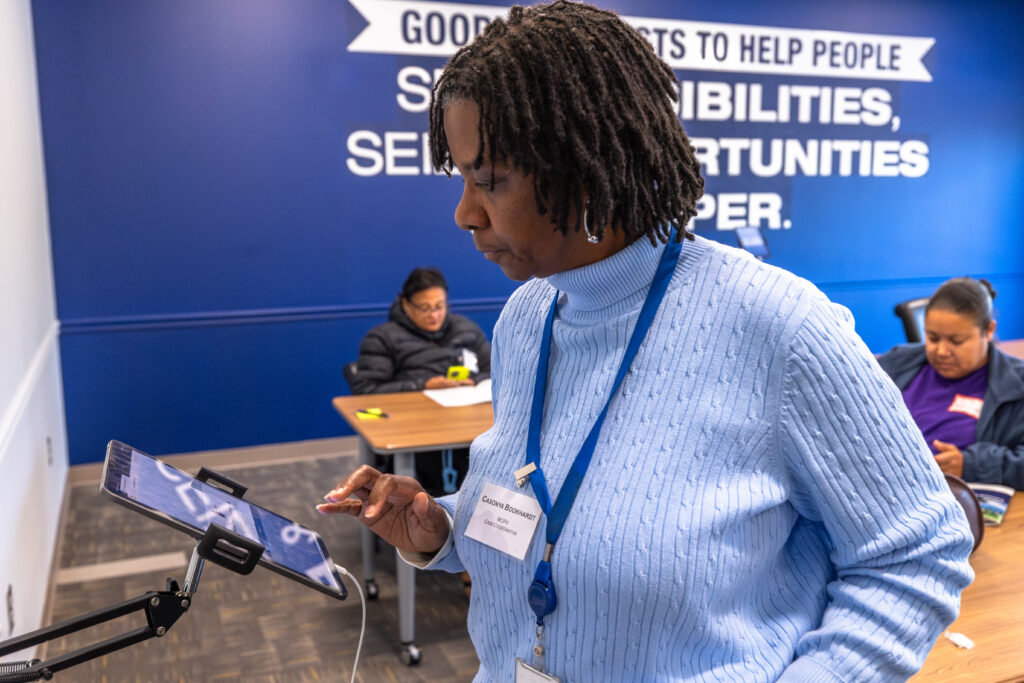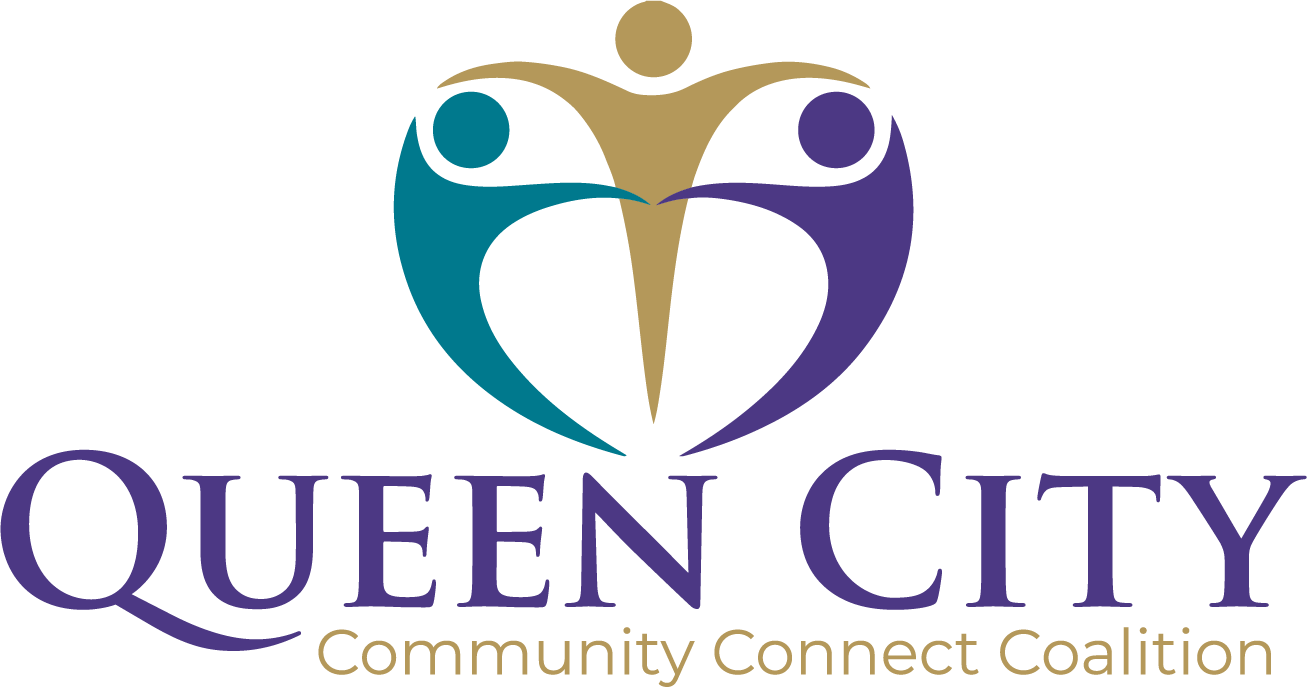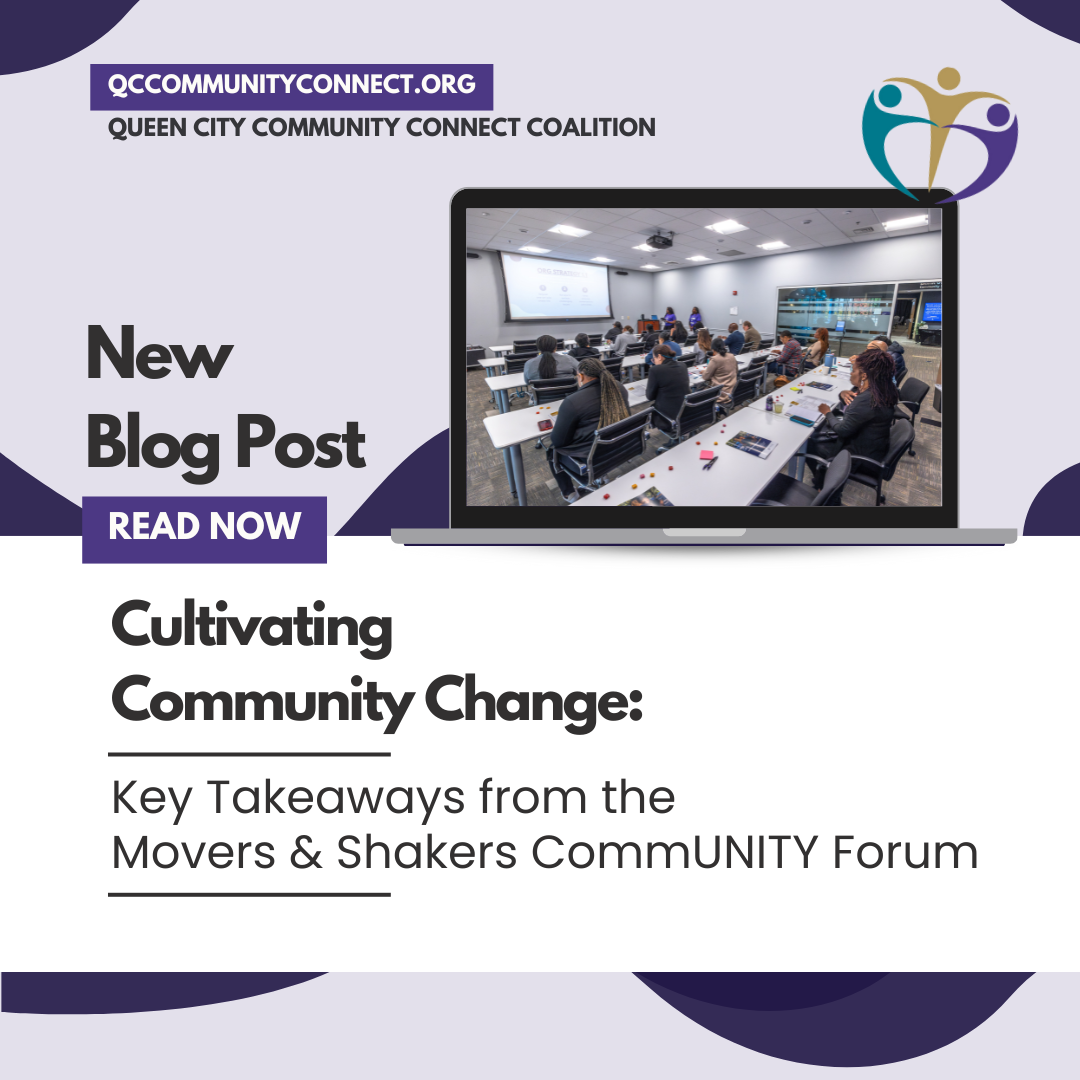Cultivating Community Change: Key Takeaways from the Movers & Shakers CommUNITY Forum
CHW News, CHWs, Health Equity, QC4 UpdatesAt the 2024 Movers & Shakers CommUNITY Forum, we held breakout room sessions to explore strategies for strengthening the CHW workforce at the CHW, organizational, and network levels. Through audience surveys and real-time discussions, participants identified the most impactful approaches to improving the health outcomes of individuals who do not have equitable access to health information and services with the assistance of CHWs. Continue reading to explore the top strategies that emerged from the conversations and survey results!
Community Health Workers:
Strengthening Connections with Networking & Shared Learning
Top Strategy:
📌 CHW Strategy 1.2: CHWs connect and network to share resources and best and emerging practices via online platforms and local, state, and regional meetings.
What We Learned
Our survey results reinforced that CHWs thrive when they have structured spaces to exchange resources, share best practices, and discuss emerging trends. Many participants emphasized the need for both virtual and in-person networking opportunities to stay connected and informed.
Why It Matters
When CHWs have consistent opportunities to engage with their peers, they build stronger support systems, gain new insights, and enhance their effectiveness in the communities they serve. Expanding access to online platforms and local/regional/state meetings ensures that CHWs remain at the forefront of workforce and professional development.
Furthermore, when CHWs have the knowledge, technical skills, and necessary support, they can provide quality interventions that better address social determinants of health. By equipping CHWs with the necessary resources, they are empowered to make a greater impact in the communities they serve.
What’s Next?
- Strengthening online networking platforms for CHWs to connect and share resources.
- Increasing participation in local, state, and regional CHW meetings and events.
- Encouraging CHWs to contribute to shared learning spaces actively.
💡 Get Involved: If you’re a CHW, consider joining an online group, attending a local QC4 meeting, or sharing your insights with the North Carolina CHW Association on the first Wednesday of every month at 1 PM!
Organizations:
Integrating CHWs into Continuous Improvement Efforts
Top Strategy:
📌 Org Strategy 1.1: Members, partners, and other organizations integrate CHWs into the ongoing improvement activities within organizations that include regular one-on-one check-ins, surveys to surface challenging issues, and other informal conversations with CHWs.
What We Learned
Survey responses made it clear that CHWs want to be actively engaged in shaping the programs and policies that impact them. Organizations that incorporate CHWs into quality improvement efforts—through structured check-ins, workforce surveys, and informal conversations—create more effective and responsive programs.
Why It Matters
Many CHWs feel that their expertise is underutilized in decision-making processes. By establishing regular feedback loops, organizations can better address workforce challenges, improve job satisfaction, and ultimately enhance the services CHWs provide to communities. When CHWs are actively engaged in shaping workforce policies and programs, organizations develop more effective, inclusive, and responsive initiatives that reflect the realities of the frontline work.
Embedding CHWs in decision-making processes lead to more sustainable workforce strategies, stronger organizational impact, and better health outcomes for the communities they serve. Additionally, this continuous engagement strengthens CHW retention efforts by ensuring they receive the support, training, and incentives needed to sustain their roles and advance professionally.
What’s Next?
- Implementing structured one-on-one check-ins between CHWs and leadership.
- Conducting workforce climate surveys to surface challenges and identify solutions.
- Strengthening CHW feedback mechanisms to inform organizational decision-making.
💡 How Organizations Can Take Action: If you’re an organizational leader that supports or employs CHWs – Join the Community Health Worker Initiative’s Stakeholder Advisory Collaborative (SAC)to share best practicesby shaping the CHW workforce in Mecklenburg County.
Networks:
Identifying Institutional Leaders for Systems Change
Top Strategy:
📌 Net Strategy 1.2: Network participants identify institutional leaders who are able to support systems change initiatives related to CHWs.
What We Learned
Our survey revealed that having institutional champions are a key driver of policy and workforce transformation. Identifying and engaging leaders in healthcare, government, and community-based organizations can improve funding, policy advancements, and career pathways for CHWs.
Why It Matters
For CHW workforce development efforts to be sustainable and impactful, they need high-level support. Institutional leaders who understand and advocate for CHWs can help remove systemic barriers and push for long-term workforce investments. Network participants must work together to provide comprehensive community coverage by ensuring that CHWs and their organizations have equitable access to resources. By strengthening these connections, network partners can impact population health outcomes positively through the mobilization of CHWs.
What’s Next?
- Mapping out institutional leaders who can serve as CHW workforce champions.
- Developing engagement strategies to involve decision-makers in CHW policy and workforce initiatives.
- Strengthening collaborations between CHWs, organizations, and policymakers to drive meaningful systems change.
💡 How to Support This Work: If you’re apart of a broader network – or an interconnected web of organizations, providers, and individuals shaping health outcomes – visit our CHWI Join Us page to get involved!
How You Can Take Action Today:
- CHWs: Engage in networking spaces, attend meetings, and share best practices.
- Organizations: Create structured ways to integrate CHWs into decision-making and program planning efforts.
- Networks: Identify and engage institutional leaders to drive systems-level change.
Together, we are building a stronger, more unified CHW workforce in Mecklenburg County—and beyond.

Conclusion
The Movers & Shakers CommUNITY Forum breakout sessions reinforced that real change happens when CHWs, organizations, and networks work together. The strategies that emerged—peer networking, workforce integration, and institutional advocacy—are essential to strengthening the CHW workforce and ensure professional recognition and workforce sustainability.

